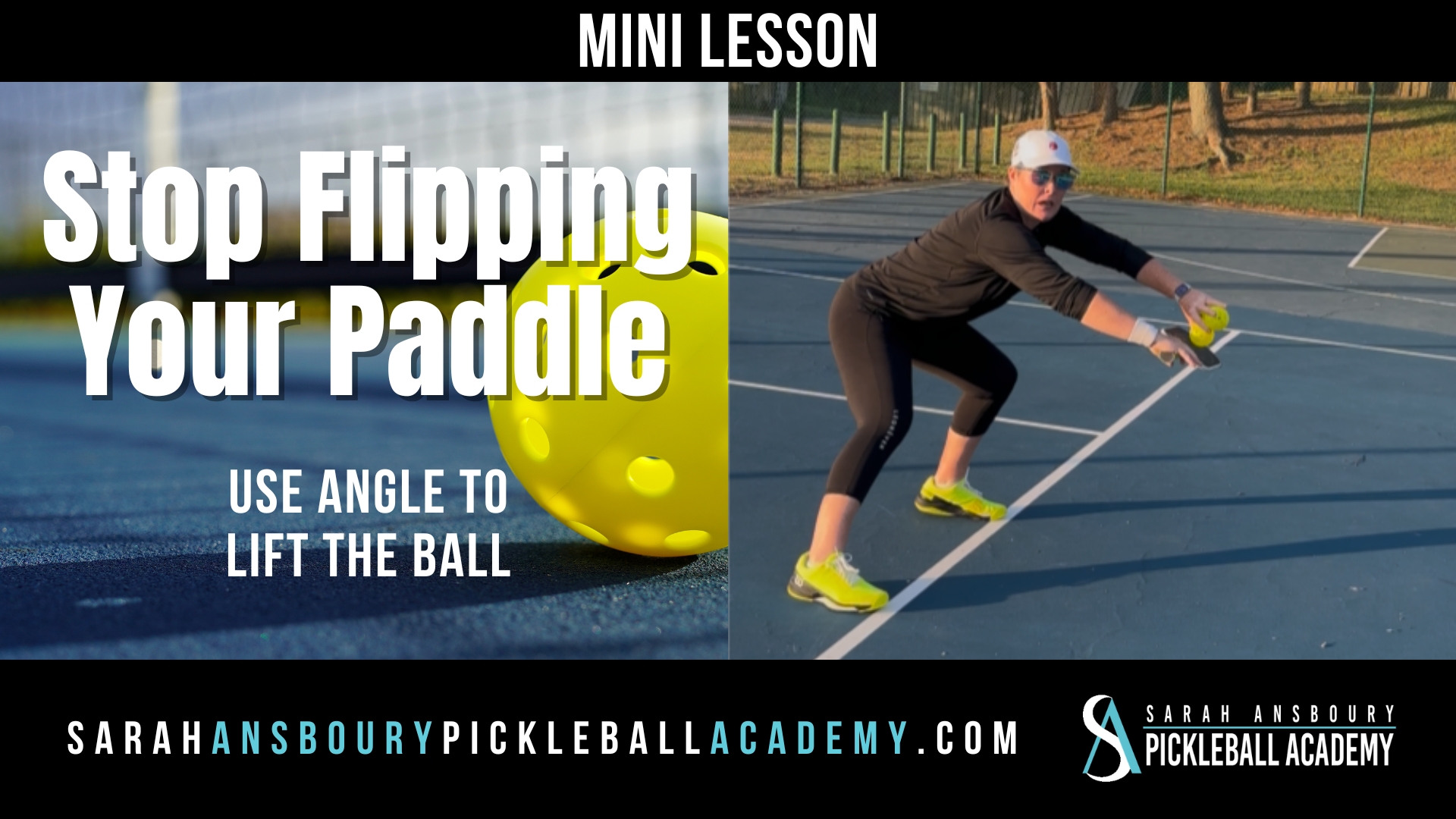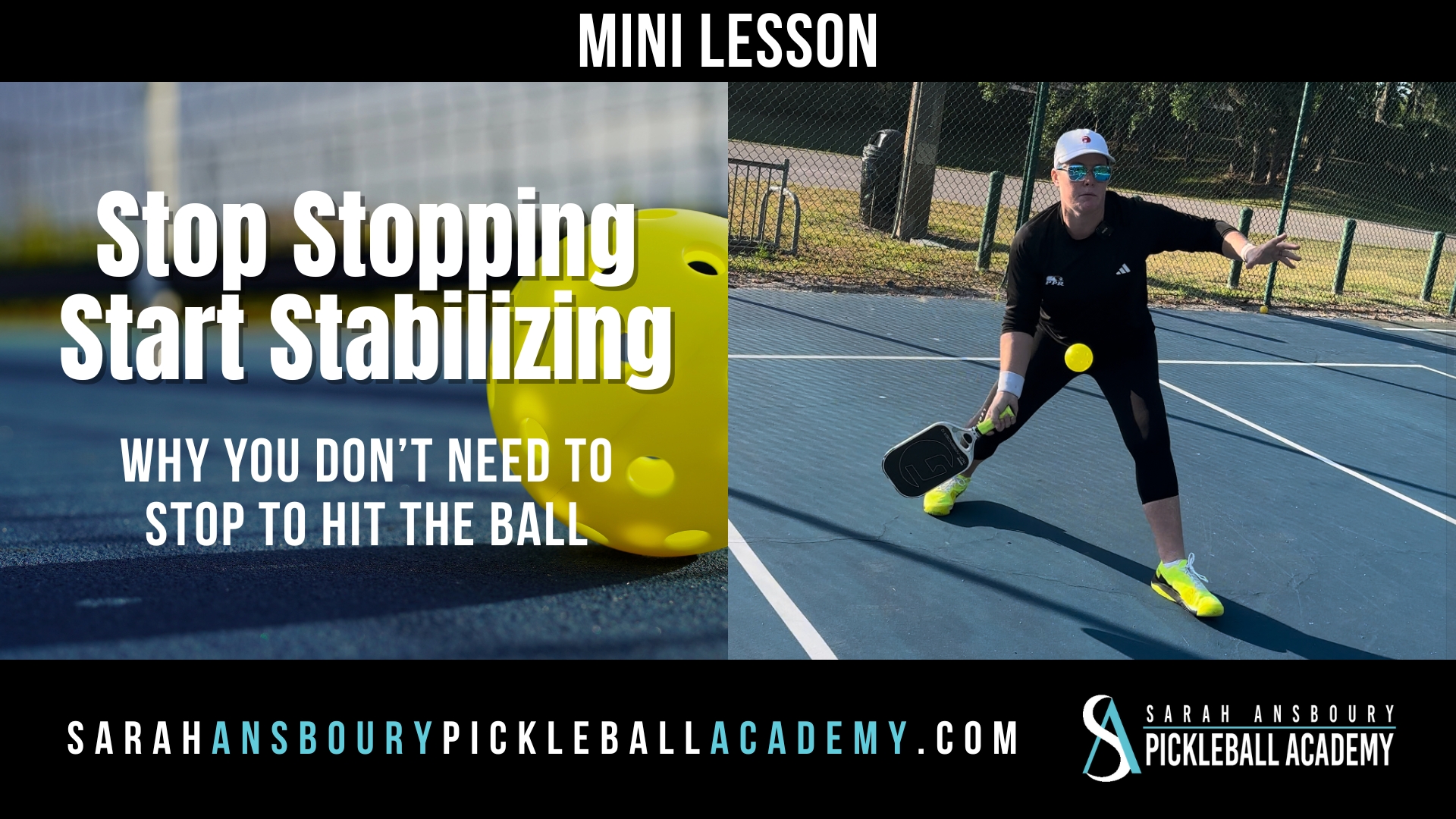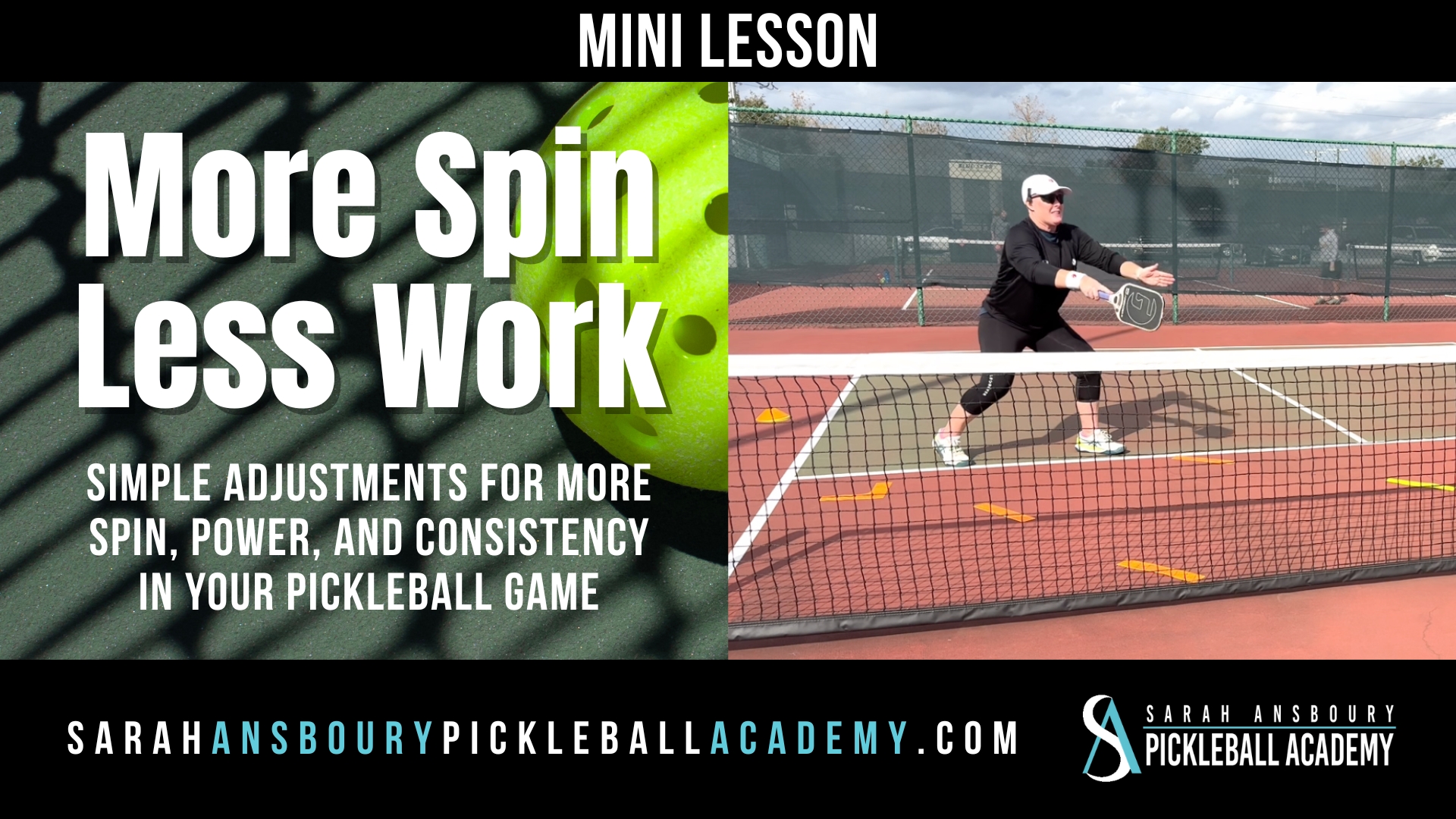When I was introduced to pickleball I was told that is was all about defense. “Allow the other team to make the mistake…just keeping the ball in play.” Today I want to talk about the benefit of playing offense.
Playing Pickleball Defense
I agree that being able to play defense is very important in pickleball. We need to be able to deflect the slam that comes at us over the net. We also know that sometimes the most we can do is get the ball over the net. This will get us out of a ton of jams and might enable us to reset the point back to neutral. However, I don’t think of pickleball as simply a defensive game. There are many times we want to be playing offense.
Playing Pickleball Offense
There are several ways you can play offensively, and not all of them require you to hit the ball hard. Of course, if
your opponent gives you a high ball I want you to have the confidence to try to put it away. I realize that newer players may be nervous or shy when playing with me, but I often see them worrying more about not making a mistake than winning the point. It’s true that you may make a mistake… you may hit the ball into the net or out-of-bounds. However, to develop confidence in your ability to put the ball away you need to hit that shot when you are practicing. Don’t get too upset with yourself if you miss the put-away. We have all done it! Be upset that you didn’t even try to win the point when you were given a clear opportunity….or if you set yourself up to fail by trying a shot that was nearly impossible.
Playing Offense When Dinking
Again, I am not suggesting that playing aggressively requires you to hit the ball hard all the time. Instead, I am suggesting that you want to be intentional with each and every shot so that you gain greater control of the outcome. Instead of simply dinking the ball back to the same spot, the same way each time, consider moving the ball a few inches each time. If you watch some of the “pro” matches on YouTube, you may think that we have returned the same dink a dozen times or more. The fact is that we are varying each shot. Perhaps just two or three inches to one side or the other. Perhaps pushing the ball low, closer to the non-volley zone and then to the center of the non-volley zone. The reality is our opponent is not only reacting to the shot we have given him, but also changing the pace or placement as well.
The ability to adjust and counter each shot comes with confidence. The confidence to be able to control your ball. For example, I might think I want to start hitting toward my opponent’s left foot (assuming they are right-handed)…specifically a bit longer toward their left heel. I know this will increase the probability that they will hit the return just a bit higher. I am intentional as to where I want to hit the ball and cognizant of the fact that there is an increased chance I will be able to put the next ball away. It may not happen on the first try, but three or four shots later I might get the ball I want.
Playing Offense is all About Being Intentional
We need to be intentional with each ball we hit. Not to simply return it, but to return it to the spot we choose. Of course, if we want  to play that way, we need to practice that way. The next time you and your partner warm-up dinking, practice this. Don’t simply return the ball mindlessly….pick a spot and try to hit the ball there. We know that the smaller the target, the more likely we are to get the result we want.
to play that way, we need to practice that way. The next time you and your partner warm-up dinking, practice this. Don’t simply return the ball mindlessly….pick a spot and try to hit the ball there. We know that the smaller the target, the more likely we are to get the result we want.
I have also found that more attention is given to what we are doing, the better our body will respond. It seems that by engaging your mind in this way, causes your body to engage as well. We take control rather than simply reacting.
Slow Down, Move Less, Control More
I have also noticed that many players have a tendency to hit a ball and then immediately move to cover “the next shot”. Though we are often told to “follow the ball”, I don’t think that means you need to shuffle from side to side on every shot. Instead, track the ball with the paddle so that your body is angled toward where the ball is coming from. Less movement will enable you to see the court in front of you and keep your paddle up and in position. Fewer moving parts will also improve balance and ensure you are set for the next shot.
Please understand, there is a fine line between moving too much and too little. I am not suggesting that you lean or reach for a shot and hit it off-balance. I am also not suggesting that you are your partner look like Mexican jumping beans at the NVZ line. You’ll want to experiment with this or perhaps seek the advice of a qualified instructor.











